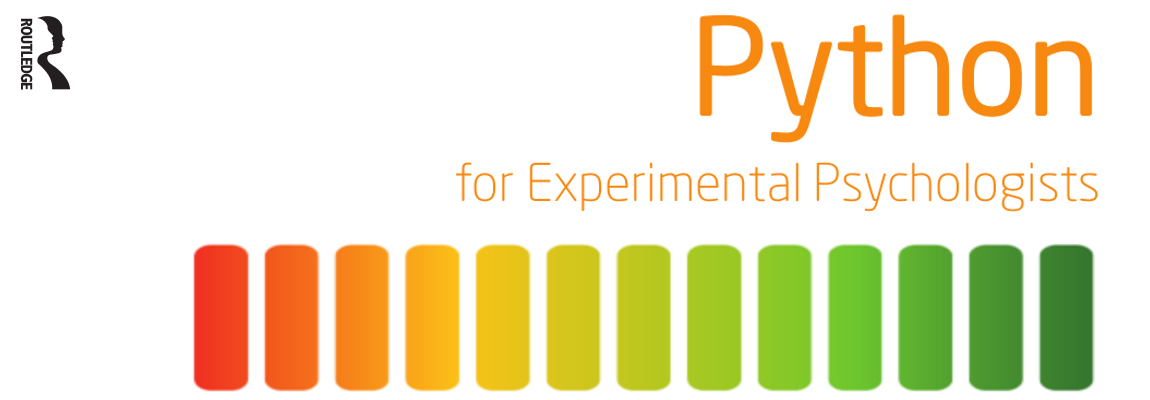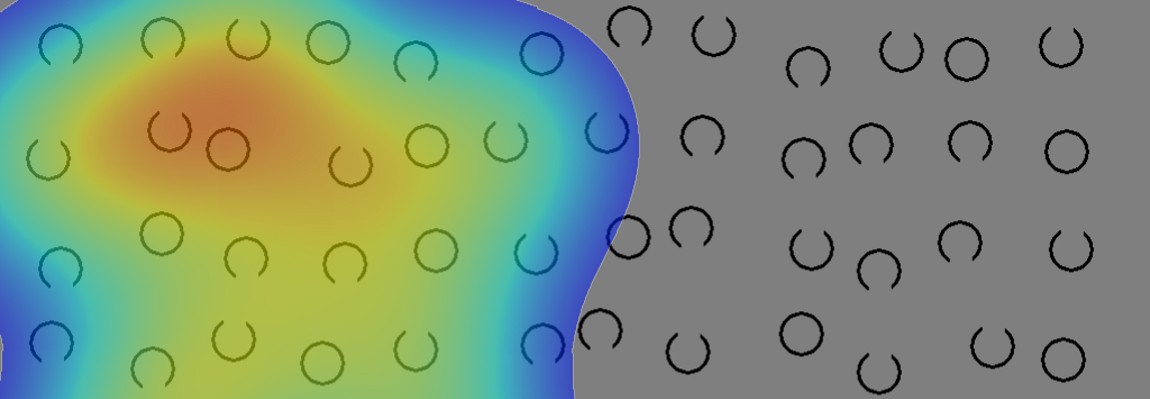Python wrapper for Gazepoint’s OpenGaze API

Gazepoint is a relatively small player on the eye-tracking market. They sell two devices: the 60 Hz GP3 at a price of $695, and the 150 Hz GP3 HD at $1995 (both of those prices exclude VAT and shipping). Because of its relatively low price, the basic GP3 is an appealing model for researchers on a budget. As of today, PyGaze supports Gazepoint’s trackers through their OpenGaze API. Download the new code from GitHub, and have fun!















